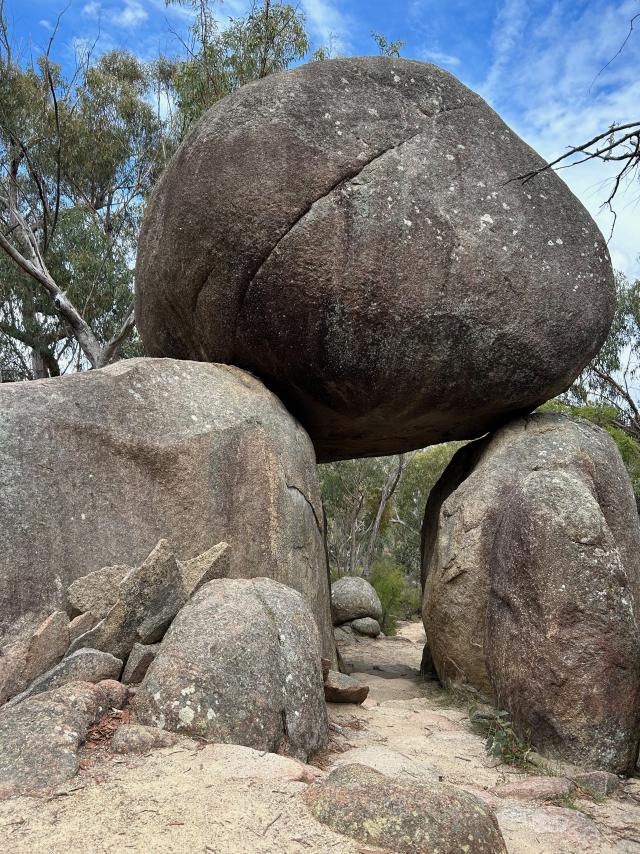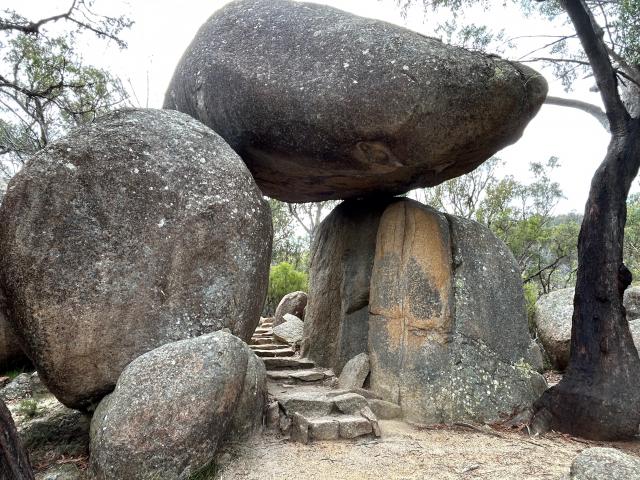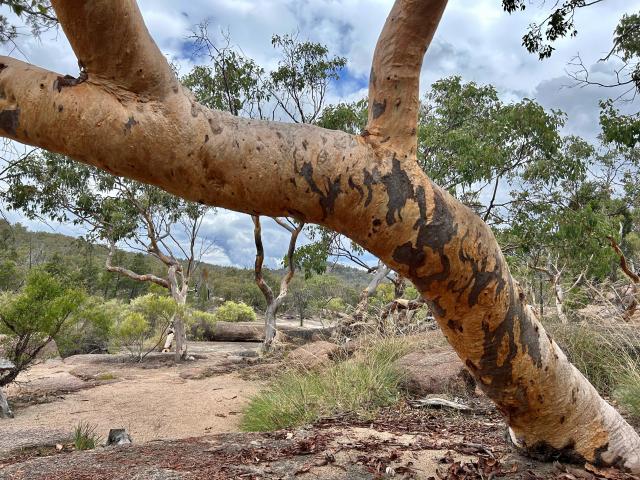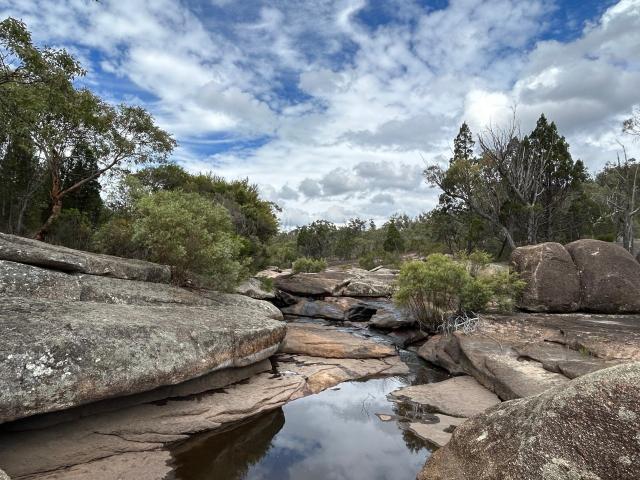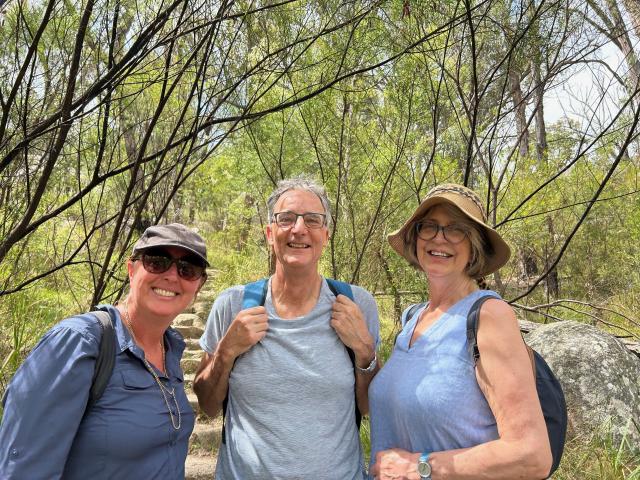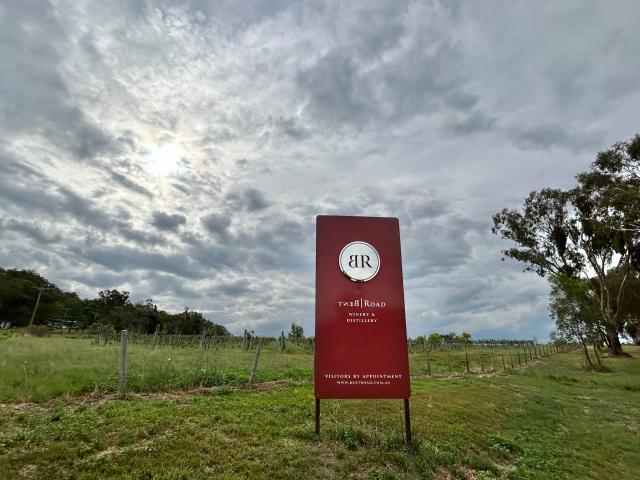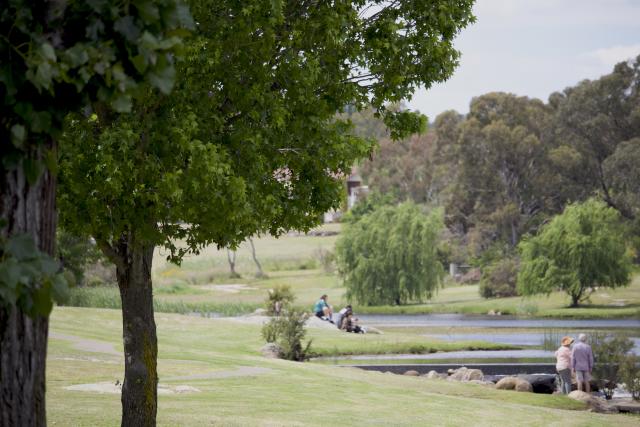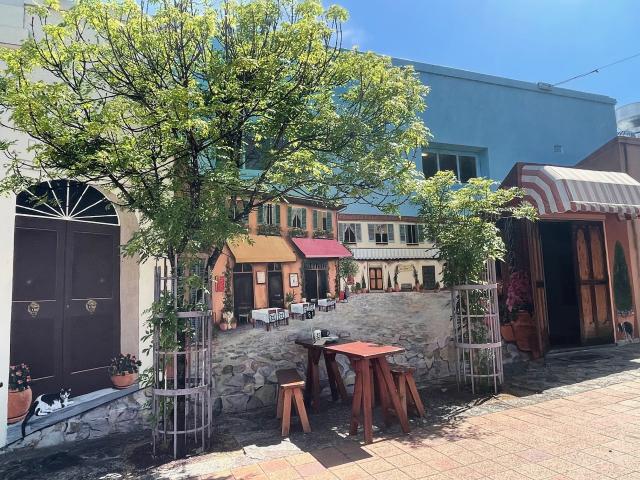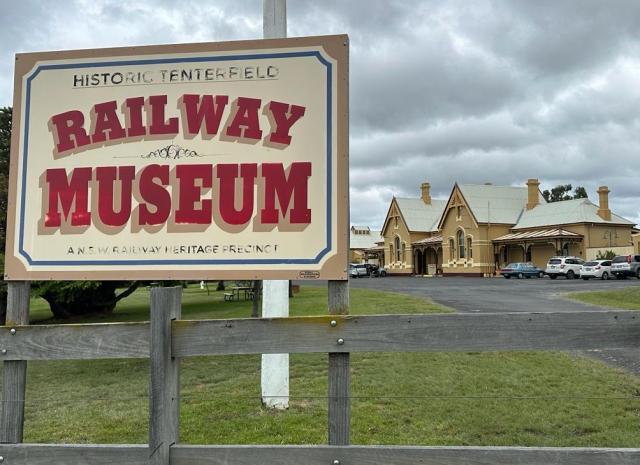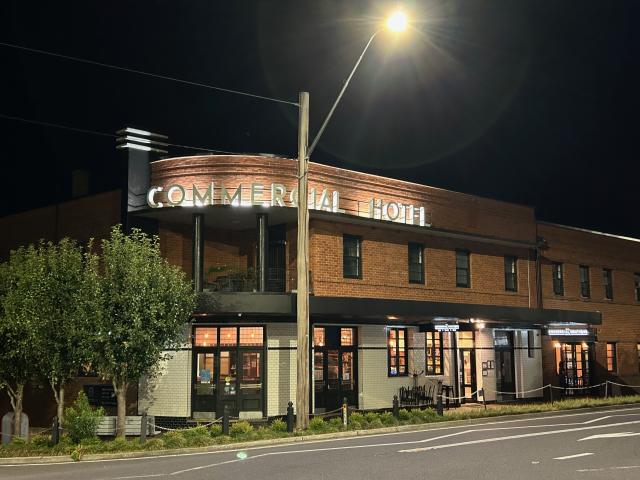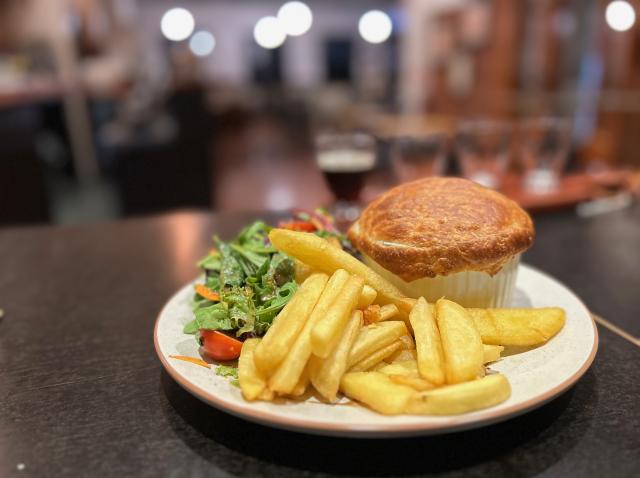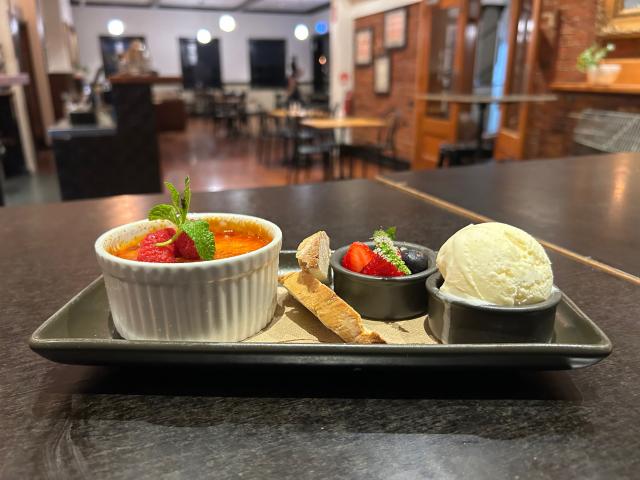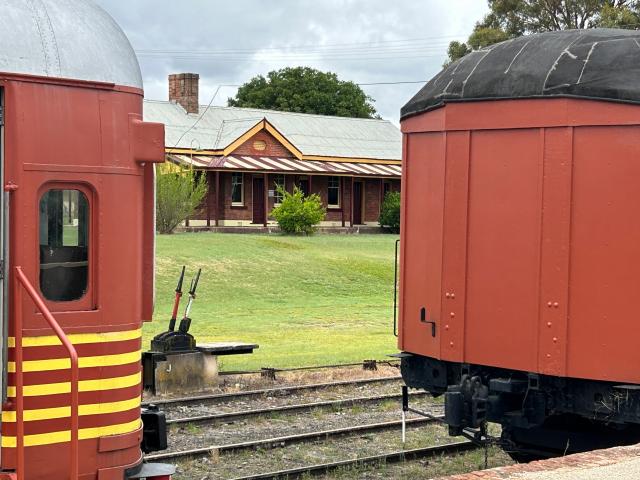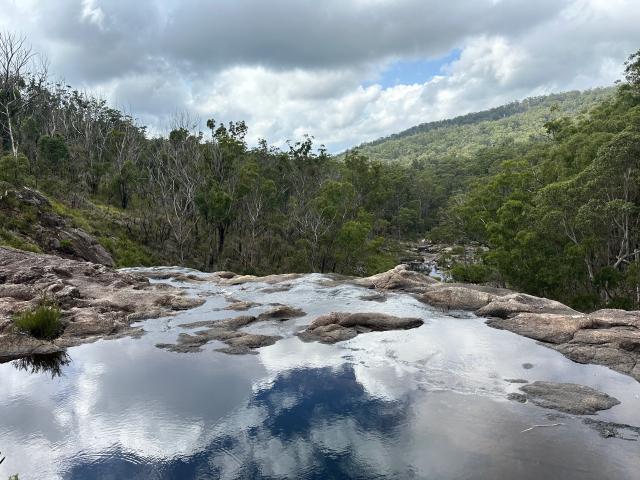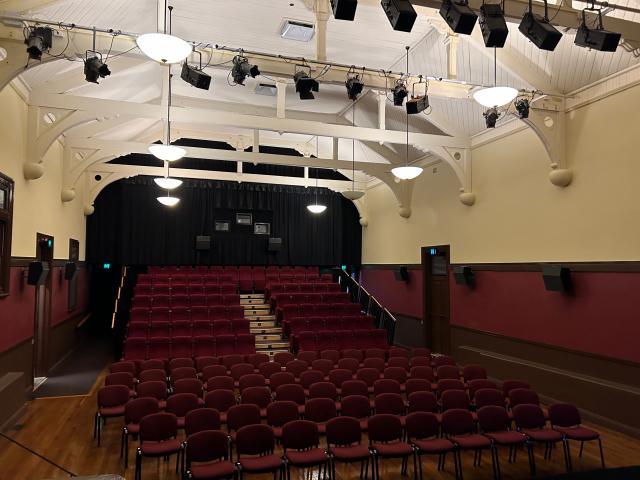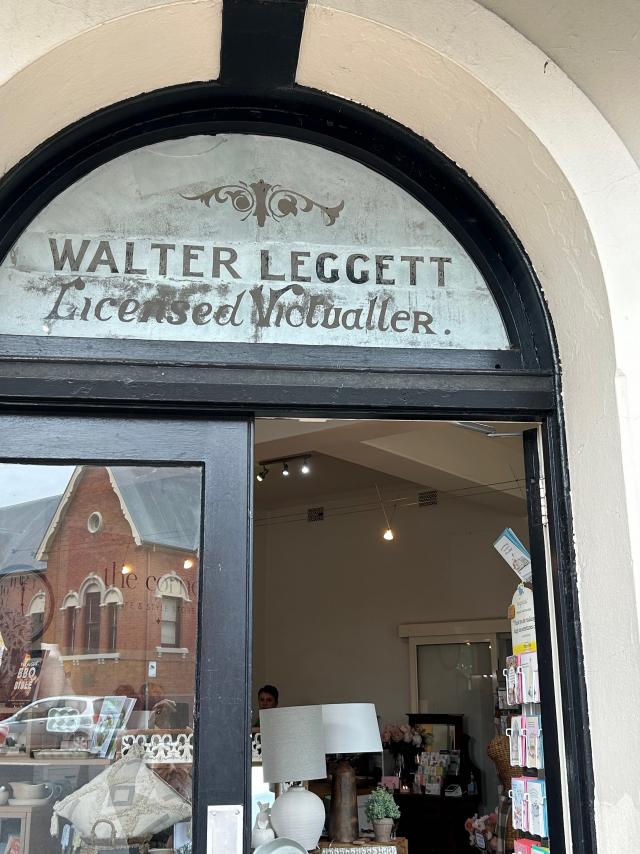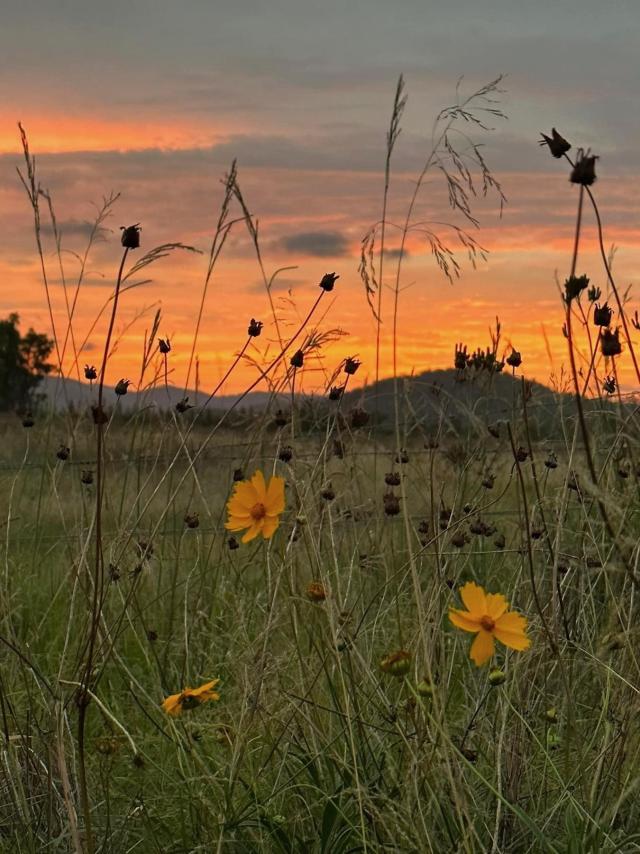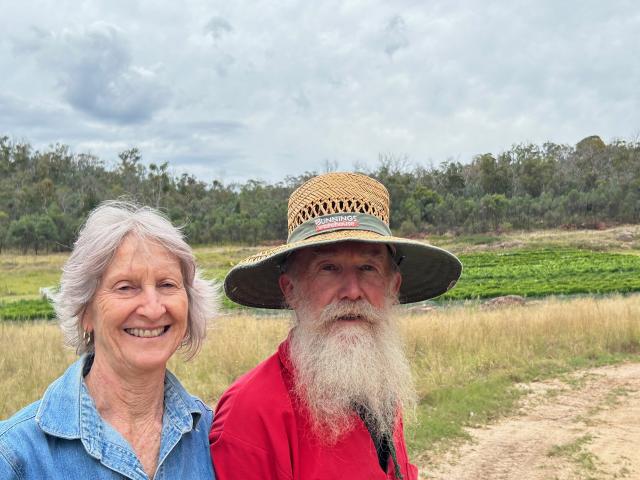Erle Levey
It’s the region for all seasons and none better than catching the autumn colours as the Southern Downs heads into winter.
The Granite Belt of Queensland is one of those places I’ve driven through many times but haven’t really stopped at.
It was always a matter of driving through there to get somewhere else.
During winter in Covid I remember driving back from Sydney, wondering whether the borders were going to be shut because of the risk of lockdown from the pandemic.
So I drove through the night.
It was snowing in the highlands around Glen Innes – a surreal feeling of stopping and photographing it.
Everything was quiet. No breeze and this soft snow filtering down and spreading a carpet of white.
It was with a sense of relief that the border at Wallangarra was still open.
Here it was, 10.30 at night and the crossing into Queensland resembled a scene from MASH.
There were police and army personnel standing around open fires, dressed in long coats and trying to keep warm.
But their greeting was friendly, my reason for travel certificate during Covid was up to date, and I could pass through.
This year I made the decision to return and explore what this much talked-about region has to offer. The thought of wine tasting at vineyards around Stanthorpe, maybe an Italian-style meal, staying at a cozy B&B and exploring the Girraween National Park was certainly appealing.
That would make a very enjoyable weekend away, taking in historic Tenterfield just across the border in New South Wales.
I wondered why it took me this long to investigate what was on offer.
Just like water finding its true level, I had taken my time and this year realised it was a perfect opportunity to fully appreciate the region.
A good friend and colleague had grown up on the Darling Downs and he went back as often as possible, especially over winter to relive some of his early experiences – such as sitting around a campfire in the middle of winter, going for horse rides through the countryside and enjoying good food, good wine and hospitality.
Stanthorpe would be almost a three-hour drive from Brisbane and you can do no wrong by stopping for a coffee at Boonah, then heading up the Cunningham Range and on to Warwick.
There’s a beautiful picnic area right in the heart of Stanthorpe, with lawns and water features created around the Severn River. The perfect spot to stop for a tea or coffee and get ideas from the information centre.
Ballandean is an inspirational community to the south of Stanthorpe and home to some of the best sourdough bread you can imagine at the local bakery.
Our first stop was at Pyramids Road Winery at Wyberba, just out of Ballandean. We were to catch up with the owners of a small-block winery who I met about 20 years ago at a wine-tasting evening at Maroochydore on the Sunshine Coast.
Warren and Sue Smith had been teachers on the Coast but made the life-change to Wyberba, and theirs is just one of the many small labels that are springing up in this rich wine-growing region.
The wine heritage of the area goes back probably 70 years to when the first of the Italian families set up their winemaking businesses, and the tradition continues today.
Pyramids Road is named because it’s on the road to Girraween National Park and the famous two pyramids – granite outcrops that can be seen for miles around.
Girraween is like no other area in Australia in many ways. It has a variety of walking paths for the novice through to rock climbing for the experienced.
There is car-parking at the visitor information centre, which is the first step on the many trails. Take the advice of the rangers at the centre – it not only makes the visit more enjoyable but the safety hints on what trails, when and where can prove invaluable.
A number of walks are within easy distance of the visitor centre and mostly flat, yet good walking shoes and clothing is recommended. After all, you will be exploring places such as Granite Arch, The Junction and Bald Rock Creek.
There is camping and accommodation available, but it’s in short supply.
However, the Stanthorpe-Ballandean area does have a growing list of places to make a visit comfortable and memorable – lodges, cabins, camp grounds and farm stays.
We had chosen Tenterfield as our destination and a self-contained cottage on a farm just a few kilometres to the north of the town.
It was a great choice.
Tenterfield has changed significantly over the years, especially from the Covid period when people discovered the benefits of regional living.
It’s also such an historic town. The place were Sir Henry Parkes made his impassioned speech for Australia to become a Commonwealth of States.
You can see the changes in the shopfronts and the houses … everything has a sense of life to it.
The shop windows are attractive and cared for.
The number of renovations and refurbishments to houses is a good indicator of the pride people take in their community.
There’s a wonderful avenue of trees that welcomes you into the town from the north.
The town is in the valley, so you can imagine the fog settling of an evening there in winter, adding to the intriguing atmosphere.
So much so that you can almost hear the sound of the Tenterfield Saddler going about his trade.
Tenterfield is famous for that song by Peter Allen – the true story of his father, but really it’s a town based in history.
The most famous part is the part it played in the Federation of Australia, but before that it was very solid farming area that is now undergoing a revival.
Thanks to the movement towards working from home, people coming from the cities seeking lifestyle.
There are a number of restaurants to choose from – and the bowls club I’m told – but on this night the Commercial Hotel stood out. A welcome light for weary travellers.
The Commercial has been renovated or refurbished back to its original almost art deco style with the brickwork reinvigorated instead of being plastered over and hidden.
Instead of gaming machines and betting facilities in the front bar, the heritage internal features have been highlighted.
Hidden values including the frosted lettering etched on the glass doors indicating the dining room and the like; the pressed-metal look to the facade of the bar; the original door to the cold room; the old firewood stove from the kitchen were some of the features.
And the food was was exceptional. The rib fillet and the seafood pie were very satisfying as the night air took on a chill.
At first we thought there was no way we could get through a serving each. Surely we would have to share and take the other back to our cottage in the country.
But, no, we thoroughly enjoyed both dishes – sharing to try the flavours. So much so we had a crème brûlée with Cointreau, presented with ice cream and fresh berries.
OK, we shared this yet it was the perfect finish.
The Commercial is an example of what can be done in the shifting trends of hospitality.
This is a town that has a strong historical past and in which there was probably a pub on every corner.
Yet the town has been transformed so that these licensed premises are now gift shops, cafes, coffee spots and hardware stores.
The railway station itself is an historical museum and is a turning point in the Queensland-New South Wales divide between railway gauges, and represents the importance the railway played in the forming at Federation of Australia.
For it was by rail that Sir Henry Parkes, as the Premier of New South Wales, was able to return in triumph to Sydney overnight after delivering his impassioned speech about the need to create a Federation of the Australian colonies.
Today, the School of Arts Hall stands in the heart of town and includes the Sir Henry Parks Museum and the historic cinema, the courtyard cafe and the library.
It stands opposite is the hornate post office with bells that still chime on the hour.
Tenterfield was home to Fred Ward, better known as Captain Thunderbolt, who was the longest roaming bushranger in Australia’s history.
He used the region as both a hideout and hunting ground for his hold-ups. The many caves and bushy hideouts across New England were some of his favourites, and the one near Tenterfield is one of the easiest to access.
Thunderbolt’s Hideout is 12 km north of Tenterfield, along the Mount Lindesay Road. The site is signposted, and the hideout is a 150-metre walk from the road.
The large area between the rocks was used to stable Captain Thunderbolt’s horses and the small shelter under the large rock was his camp. The top of the rock made an ideal lookout, as this was the main road to Warwick during the gold-mining days.
Not far away is Boonoo Boonoo National Park and Basket Swamp which include rainforest, dry eucalypt forest and grassy woodland.
Boonoo Boonoo Falls is where, legend has it, Banjo Patterson proposed to his sweetheart Alice Walker.
The return drive to Queensland included a stop at the heritage-listed Wallangarra Railway Station to have a coffee and scones in armchairs on the platform, and to absorb the history behind the station itself.
It was here that passengers from New South Wales would disembark from their broad-gauge train and cross to the northern platform and continue their journey on Queensland’s small-gauge railway system.
Today it is a popular destination for steam train journeys with regular services operating from Warwick and Toowoomba.
Our return journey saw a visit to Ballandean Estate winery.
Any misconceptions about the quality of Queensland wines were seriously smashed.
The focus of the Ballandean-Stanthorpe region seems to be almost totally on local production and supply.
Producers rely on existing customers to seek out their product due to its quality or the service they provide.
In return these businesses support their community in many ways.
Ballandean Estate is Queensland’s oldest family-owned and -operated winery.
Wine has been made on the Estate since 1932 with five generations resulting in a remarkable wine experience.
Producing quality, boutique wines that express the unique character of the Granite Belt is what keeps the Puglisi family enthusiastic and innovative.
It is this cool climate, high altitude and granite-based soil that delivers national and international award-winning wines from the region.
So, with a heart full of memories and a few cases of wine as well as a loaf or two of sourdough bread, it was time to head home.
This article is dedicated to former colleague and mentor, the late Peter Richardson. It was his stories about the Granite Belt that were a source of inspiration on so many levels.

